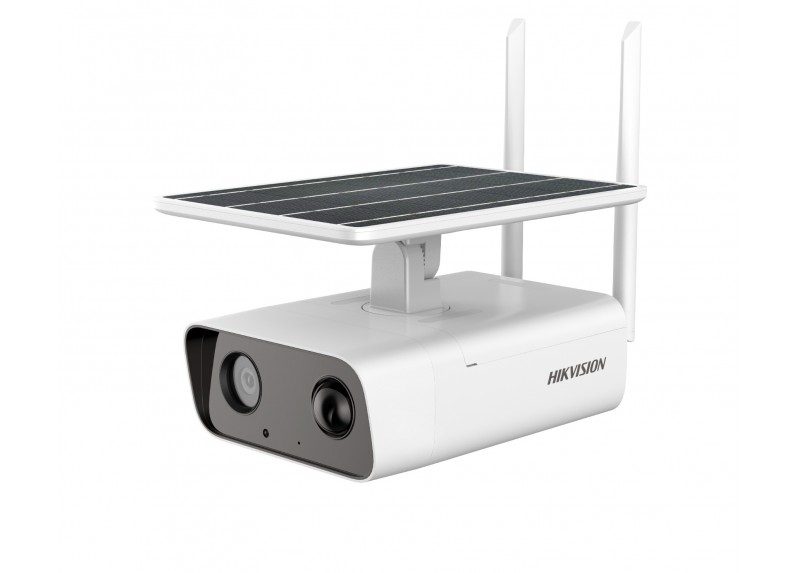How Nature Inspires Durable Fishing Gear Designs
Nature has long been a source of inspiration for human innovation, especially in the design of durable and resilient tools. In the realm of fishing gear, biomimicry—the practice of emulating natural structures and materials—plays a pivotal role in creating equipment that withstands harsh environments and prolonged use. As anglers seek reliable gear to handle unpredictable conditions, understanding how natural systems achieve durability offers valuable insights into modern engineering solutions.
This article explores how natural structures and materials inform the development of long-lasting fishing equipment. From the resilience of coral reefs to the strength of shell exoskeletons, nature’s designs provide a blueprint for innovations like bio-inspired composites and adaptive coatings. We’ll also examine modern examples such as the awesome gameplay!, illustrating how biomimicry advances the durability and performance of fishing reels.
- Fundamental Concepts of Nature as a Model for Durability
- From Marine Ecosystems to Fishing Gear: Bridging Nature and Technology
- Modern Innovations in Fishing Gear Inspired by Nature
- The «Big Bass Reel Repeat»: A Modern Illustration of Nature-Inspired Durability
- Non-Obvious Factors in Nature-Inspired Design
- Practical Implications and Future Trends
- Conclusion: Embracing Nature’s Wisdom for Superior Fishing Gear
Fundamental Concepts of Nature as a Model for Durability
Natural organisms have evolved over millions of years to develop structures that endure extreme conditions. Marine creatures such as coral reefs exemplify complex, resilient habitats that withstand high pressure, corrosion, and impact. These biological architectures offer valuable lessons for designing fishing gear that must operate reliably in water, resisting wear and tear over many seasons.
Structural Adaptations in Marine Organisms
Corals, for instance, possess calcium carbonate skeletons that are lightweight yet remarkably strong. Their porous yet sturdy structure allows them to resist breakage from storms while facilitating nutrient flow. Similarly, mollusks like oysters and mussels have shells that combine toughness with flexibility, protecting against predators and environmental stresses.
Material Properties in Nature
Biomaterials such as chitin in crustacean shells or keratin in fish scales demonstrate a balance of strength and flexibility. These natural composites are often layered, providing impact resistance and water resistance—key qualities for fishing gear exposed to rough handling and aquatic conditions.
Natural Designs Inspiring Water-Resistant and Impact-Resistant Gear
- Shell-like structures: Inspired by crustaceans, these designs enhance impact resistance in reels and tackle boxes.
- Porous yet sturdy surfaces: Mimicking coral textures, surface coatings can reduce friction and wear.
- Flexible yet tough materials: Emulating fish scales, these materials can improve gear resilience.
From Marine Ecosystems to Fishing Gear: Bridging Nature and Technology
Marine ecosystems exemplify natural resilience through their complex, adaptive structures. Coral reefs, with their intricate geometries and durable skeletons, serve as models for designing fishing gear that is both lightweight and impact-resistant. These natural habitats demonstrate how geometry and surface texture contribute to longevity and stability.
Coral Reefs as Complex, Durable Habitats
Corals form massive, interconnected structures that protect diverse marine life. Their surface features, such as ridges and pores, not only facilitate water flow but also reduce erosion. Engineers mimic these natural geometries to develop fishing tackle components that resist abrasion and fatigue.
Role of Natural Geometries and Surface Textures
Textured surfaces inspired by coral and mollusk shells can minimize wear caused by repeated impacts or friction. For example, tackle boxes modeled on natural protective structures incorporate ridged surfaces to distribute stress evenly, extending their lifespan.
Case Study: Development of Tackle Boxes
Recent innovations include tackle boxes with shell-inspired exteriors, utilizing layered composites that mimic natural armor. These designs improve impact resistance while maintaining lightweight properties, essential for anglers on the move.
Modern Innovations in Fishing Gear Inspired by Nature
Biomimicry has led to significant advancements in materials and structural design for fishing gear. Researchers develop bio-inspired composites and coatings that replicate the strength-to-flexibility ratio found in natural tissues. These materials enhance durability and water resistance, critical for long-term use.
Material Advancements: Bio-Inspired Composites and Coatings
Innovations include nanostructured coatings inspired by lotus leaves, creating superhydrophobic surfaces that repel water and resist dirt. Similarly, composites modeled after mollusk shells combine calcium carbonate with organic polymers, offering high impact resistance without sacrificing flexibility.
Structural Designs: Mimicking Shell and Exoskeleton Features
Designs that imitate exoskeletons—such as layered, curved structures—distribute stresses efficiently, reducing the risk of fractures. These principles are applied in reel frames and rod guides to improve longevity under stress.
Evolution of Reels: From Traditional to «Big Bass Reel Repeat»
The «Big Bass Reel Repeat» exemplifies how biomimicry transforms reel design, incorporating shell-inspired impact zones and flexible yet sturdy components to withstand heavy use. This reel’s engineering reflects natural resilience, enhancing performance and lifespan.
The «Big Bass Reel Repeat»: A Modern Illustration of Nature-Inspired Durability
This reel incorporates several features inspired by natural resilience, such as reinforced frame structures resembling exoskeletons and impact-absorbing materials akin to cartilage. These design choices improve durability without adding excessive weight, making it a prime example of biomimetic innovation.
Design Features Inspired by Natural Resilience
The reel’s casing utilizes layered composites that mimic shell structures, providing impact resistance. Its spool mechanics are designed to flex slightly under stress, similar to biological tissues, reducing breakage risk.
Materials and Mechanics Reflecting Natural Strength
High-strength polymers and bio-inspired coatings enhance water resistance and longevity. The reel’s gear system incorporates flexible joints inspired by joint cartilage, allowing smooth operation despite repeated stress.
Comparison with Traditional Reels and Natural Models
| Aspect | Traditional Reel | «Big Bass Reel Repeat» |
|---|---|---|
| Materials | Aluminum, standard plastics | Bio-inspired composites, advanced polymers |
| Impact Resistance | Moderate | High, shell-like reinforcement |
| Flexibility | Limited | Enhanced, biomimetic joints |
Non-Obvious Factors in Nature-Inspired Design
Beyond structural integrity, natural systems inform energy efficiency and sustainability in gear design. For example, many marine organisms utilize self-healing materials—like the regenerative properties of certain sponges—which can inspire self-repairing coatings or components in fishing equipment. Such innovations can extend gear lifespan and reduce waste.
Energy Efficiency and Sustainability
Natural systems optimize resource use—corals, for instance, efficiently recycle nutrients. Mimicking these processes leads to manufacturing techniques that minimize energy consumption and material waste, making fishing gear more eco-friendly.
Role of Adaptive and Self-Healing Materials
Research into self-healing polymers, inspired by biological healing processes, suggests future gear that can repair minor damages autonomously, reducing maintenance needs and environmental impact.
Environmental Impact and Design
Designing gear with biodegradable or recyclable materials, inspired by the natural decomposition cycles, can significantly reduce ecological footprints, aligning fishing practices with sustainability goals.
Practical Implications and Future Trends
Understanding natural durability mechanisms guides manufacturers in developing more resilient fishing gear. Emerging technologies like 3D printing enable rapid prototyping of biomimetic designs, while bio-mimetic materials continue to evolve, promising even greater performance.
Technological Innovations
3D printing allows for complex, natural-inspired geometries that traditional manufacturing cannot produce efficiently. Additionally, advances in bio-inspired materials—such as flexible ceramics—offer new avenues for impact-resistant components.
Unexplored Natural Phenomena
Future research may uncover natural resilience strategies in deep-sea creatures or extremophiles, inspiring novel designs that push the boundaries of durability and sustainability in fishing gear.
Conclusion: Embracing Nature’s Wisdom for Superior Fishing Gear
The natural world offers a treasure trove of design principles that can elevate fishing gear to new levels of durability and efficiency. By studying biological structures and materials, engineers develop equipment that not only lasts longer but also aligns with environmental sustainability. The example of the awesome gameplay! demonstrates how biomimetic approaches translate into real-world applications, inspiring continuous innovation. Embracing interdisciplinary research—where biology meets engineering—ensures that future fishing gear will be more resilient, adaptive, and eco-friendly, echoing the timeless wisdom embedded in nature itself.






